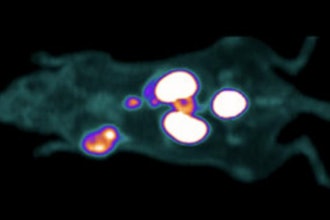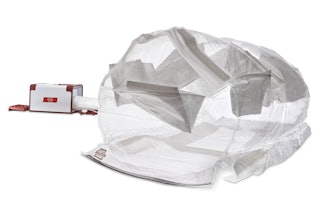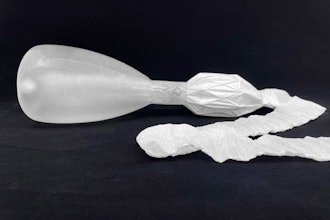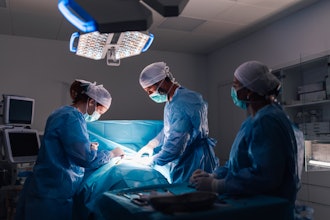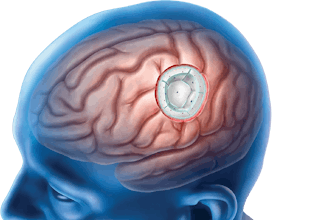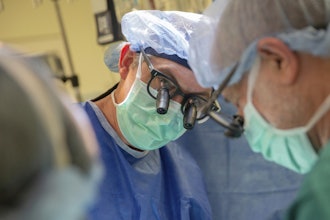
After four years of intensive research by the Netherlands Cancer Institute and the Dutch Mobius 3D Technology (M3DT), a titanium lower jaw was implanted for the first time in a head and neck cancer patient. The jaw was completely reconstructed based on the patient's 3D MRI & CT scans. The operation was successful.
Tumors in and around the lower jaw are often treated by removing part of the jaw bone (mandible). The mandible is reconstructed, if possible, with bone from elsewhere in the body (usually from the fibula, a small bone from the lower leg). The disadvantage of these reconstruction methods is that they are complex and require vascular anastomosis and also cause morbidity at the donor site. When using only metal plates, these can break or extrude through mucosa or skin in about 40% of the cases and the screws with which the plate is attached can come loose. This has dramatic consequences for the patient involved. Our new 3D printed mandible exactly fits the defect, has the shape and weight of the original mandible and is much stronger than the currently used plates.
Functions such as talking, drinking and eating are preserved
The implant is much stronger, partly because the forces are optimally distributed with an improved fastening technique. The implant also has a so-called 'mesh structure' on the inside. In this way, the implant retains its strength, while the prosthesis still feels light for the patient (comparable weight of bone is approximated). The implant can no longer break and the innovative orientation of the fixation screws ensures that the implant stays in place. Because the implant is custom-made, the jaw retains its fit and pressure on the overlying mucosa or skin is distributed more evenly. We hope this will diminish complications and improve functional and esthetic outcome. Even the tools the surgeon uses in the operation are patient-specific. The operation is also simpler and shorter.
Unique collaboration
The 3D lab and head and neck surgeons of the Netherlands Cancer Institute have worked for years on this groundbreaking innovation together with the Dutch company Mobius 3D Technologies (M3DT). This application is expected to be more widely applicable in 2023/2024. In the meantime, research is underway to further expand these techniques for implants elsewhere in the face and skull. Health Holland has made this development possible by granting an innovation grant.









